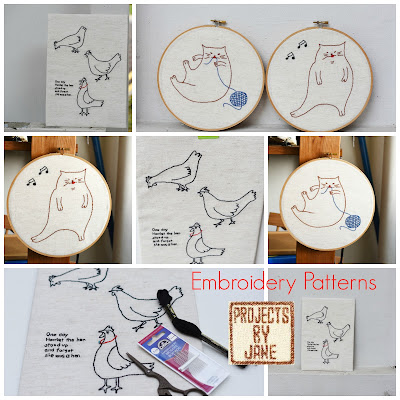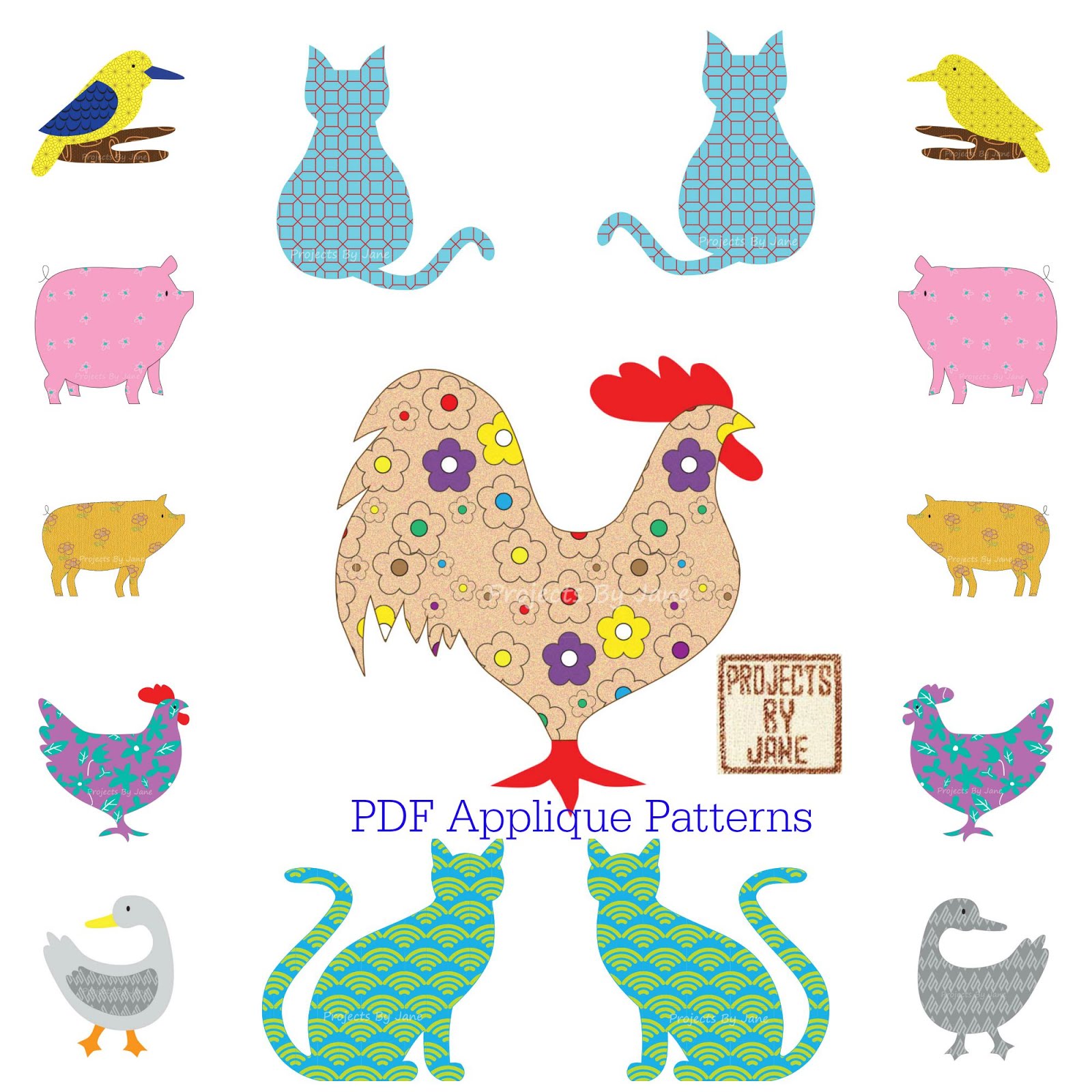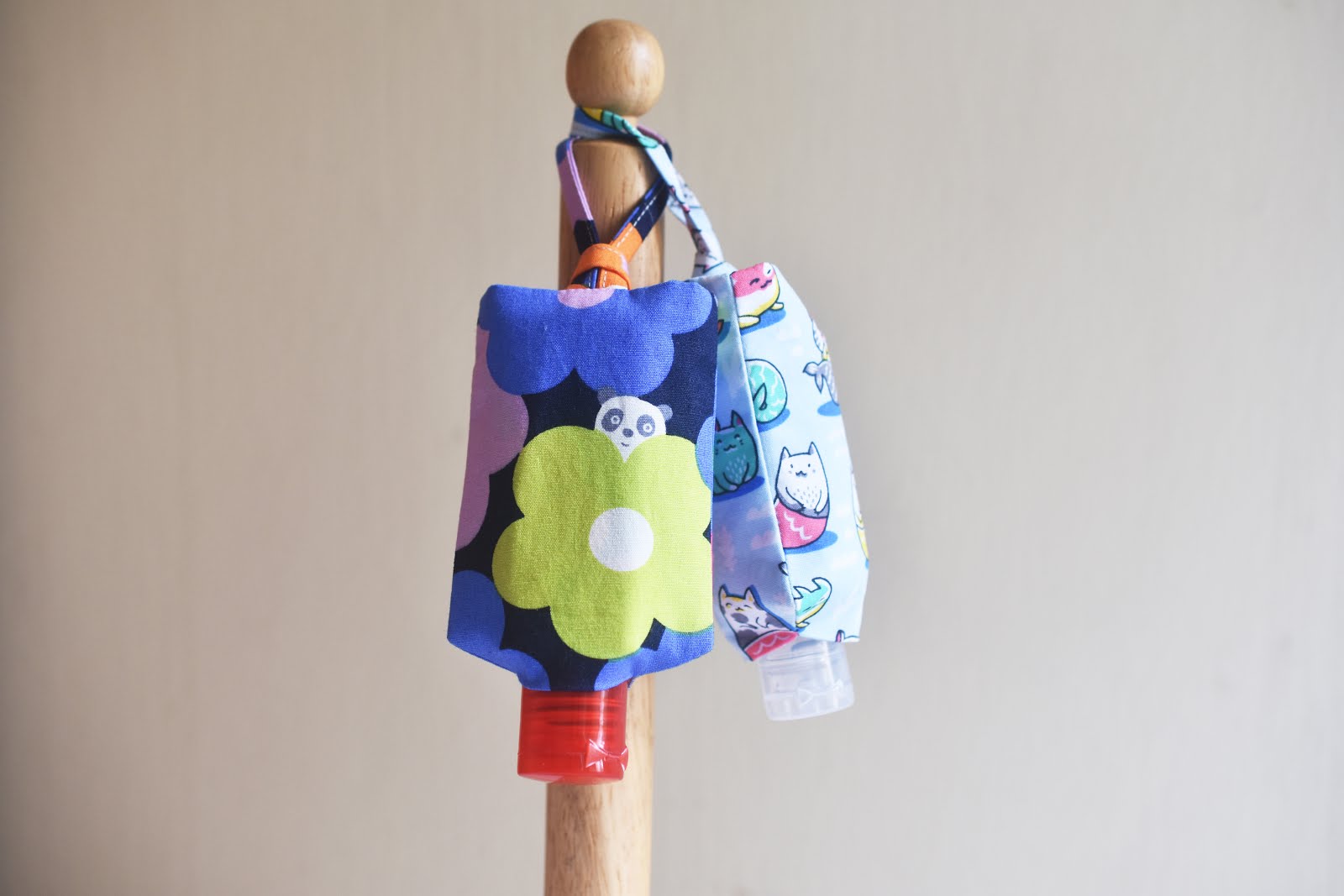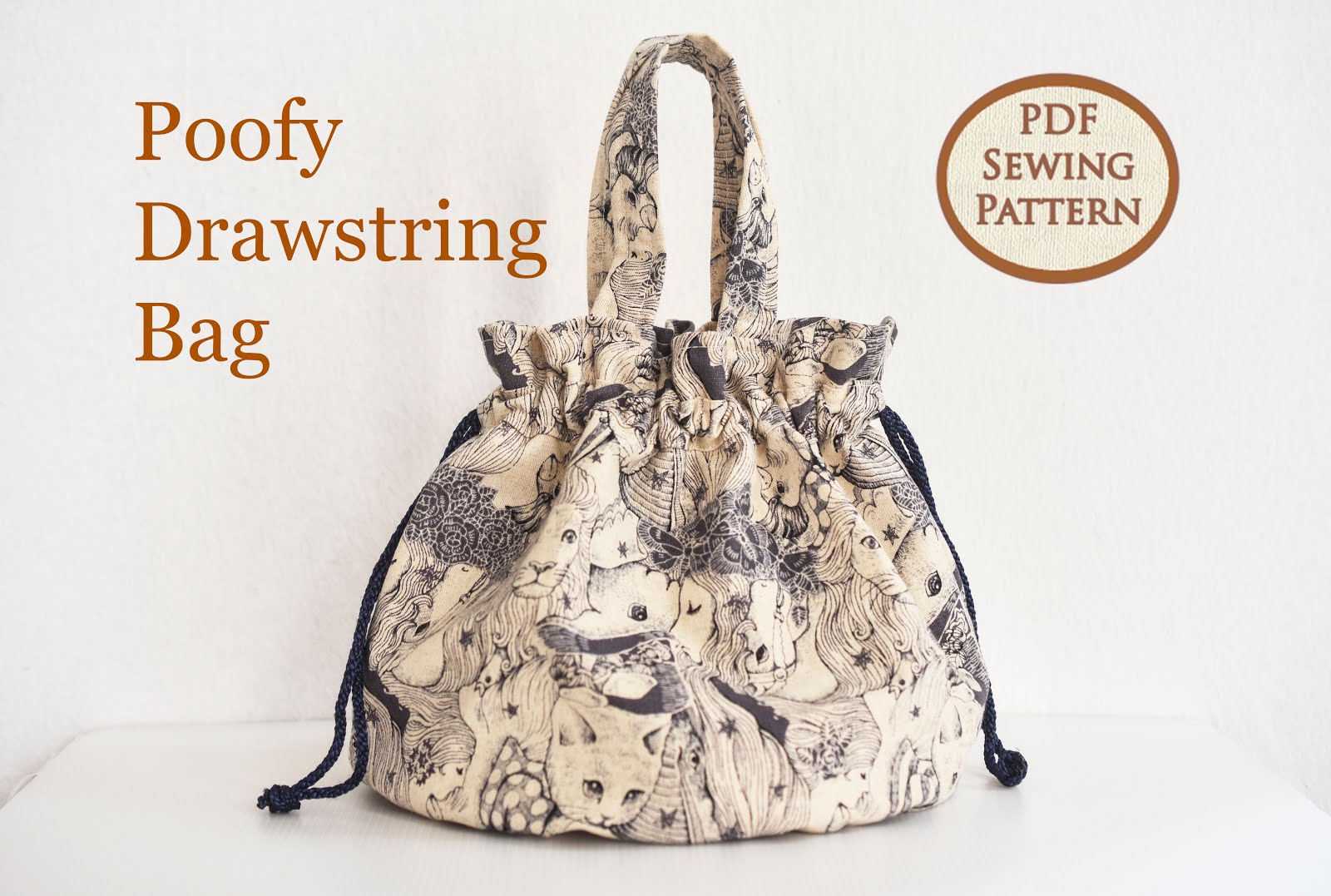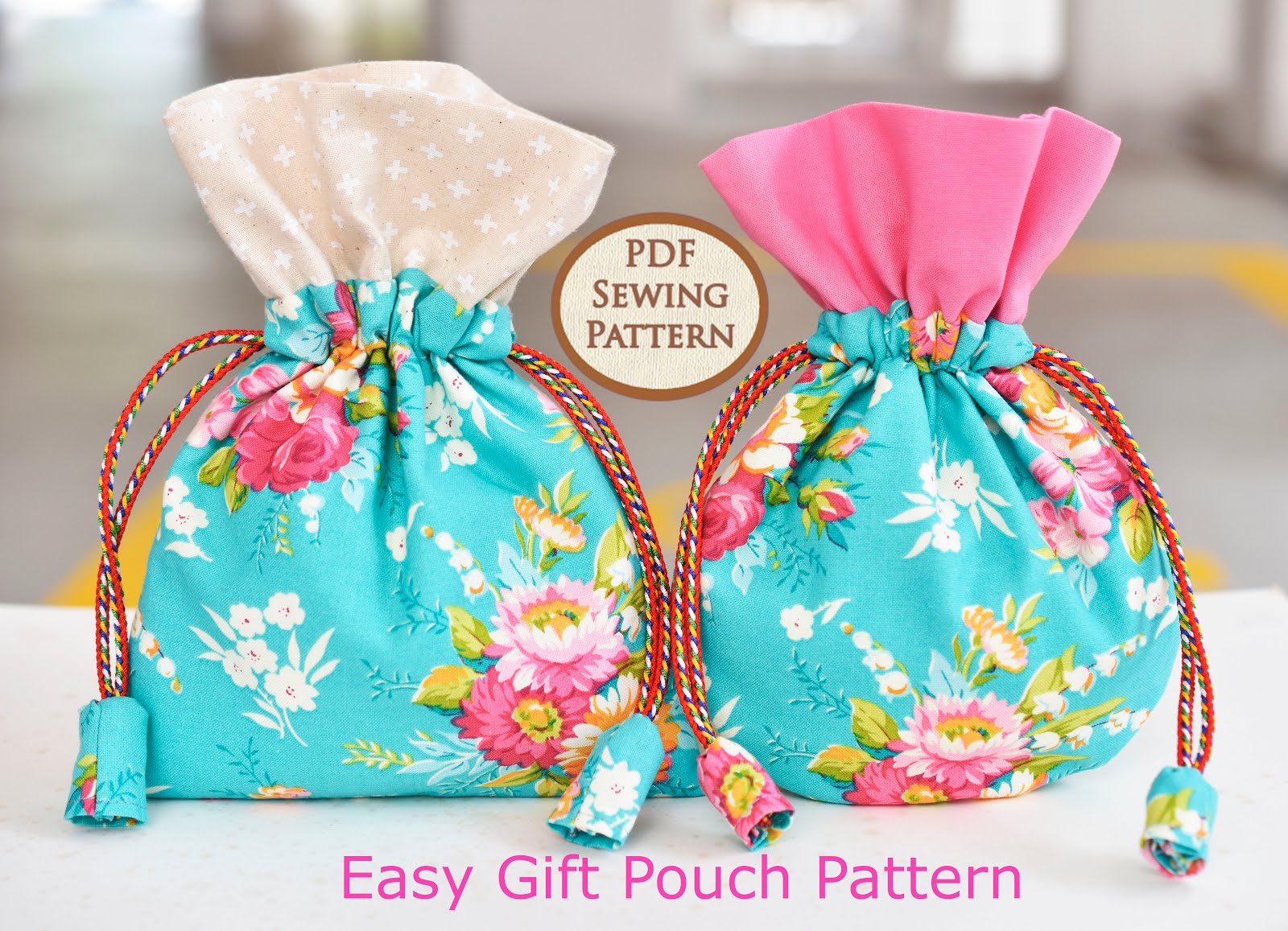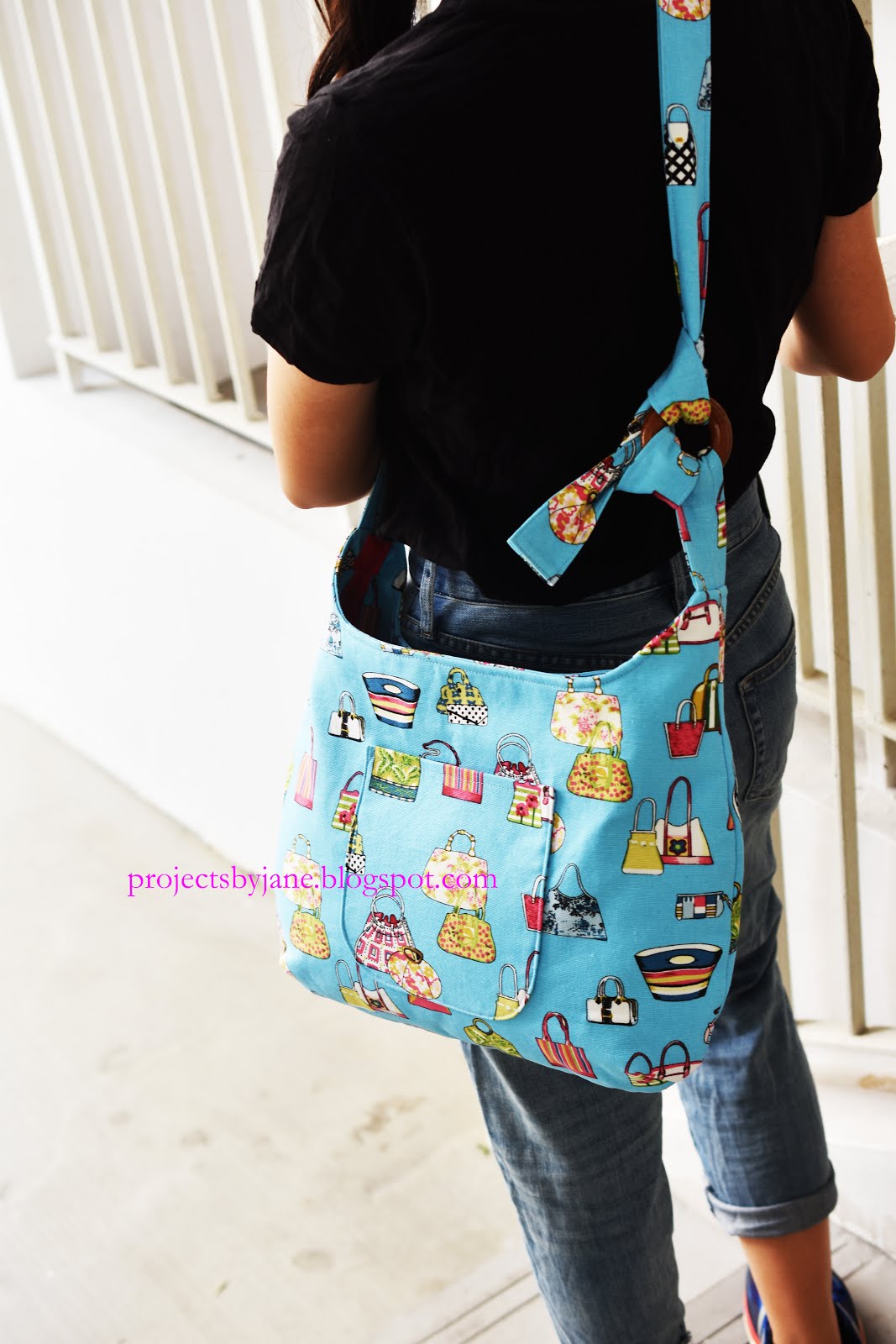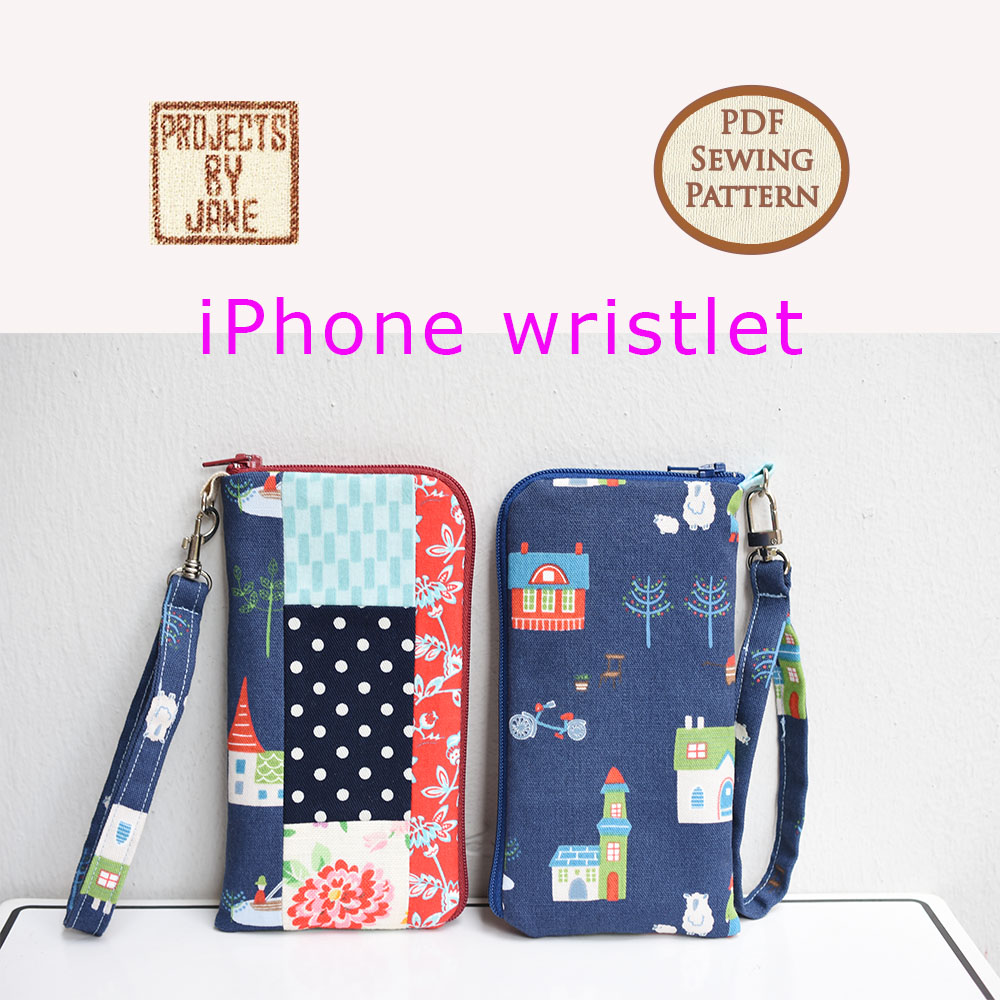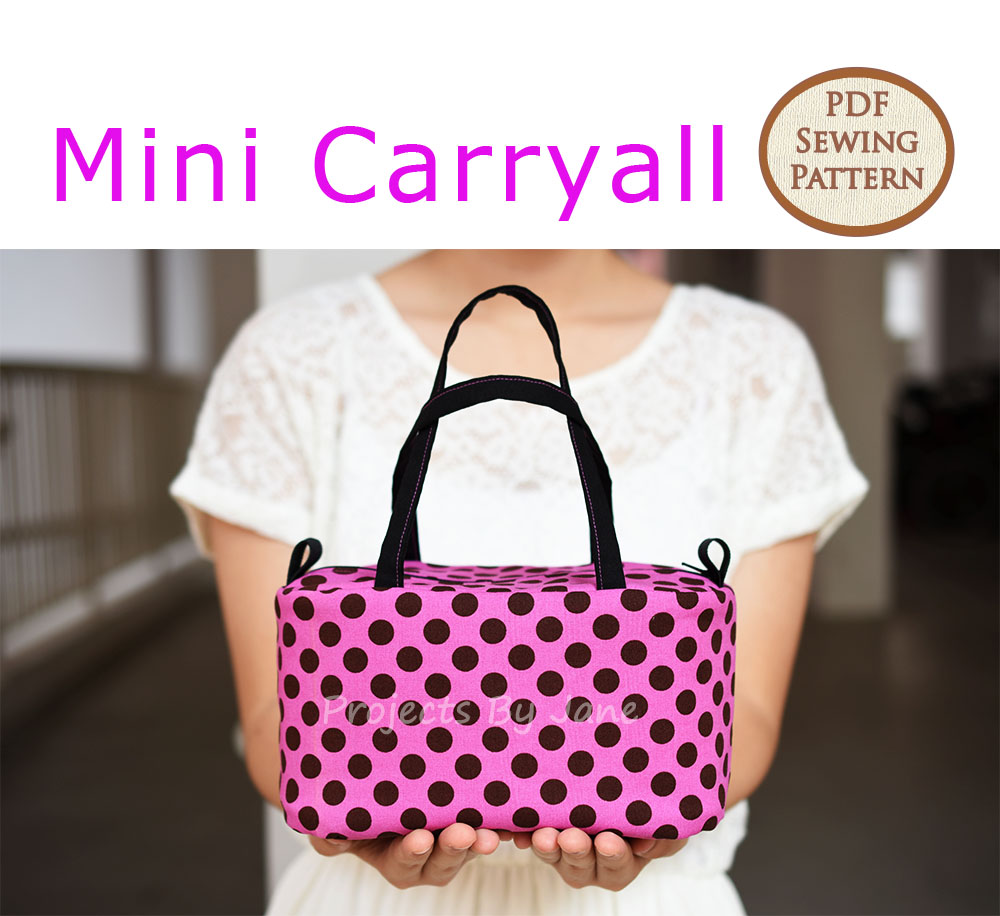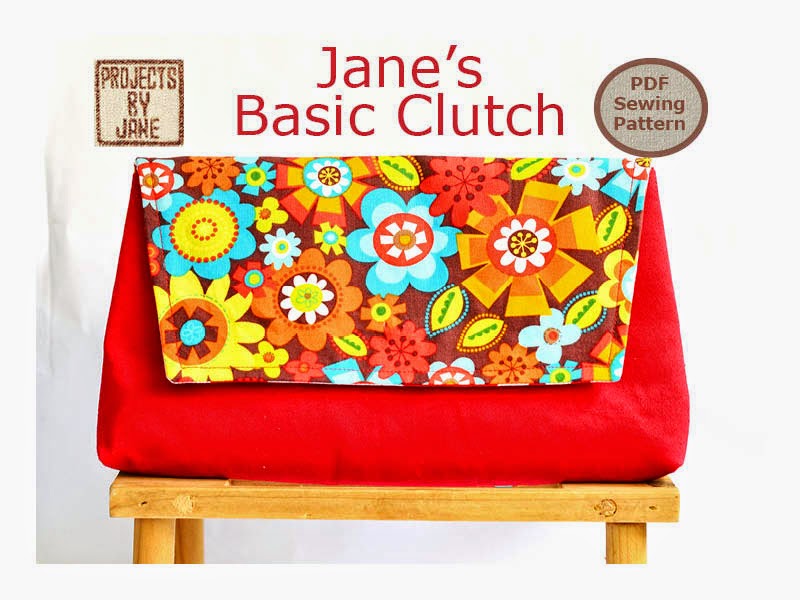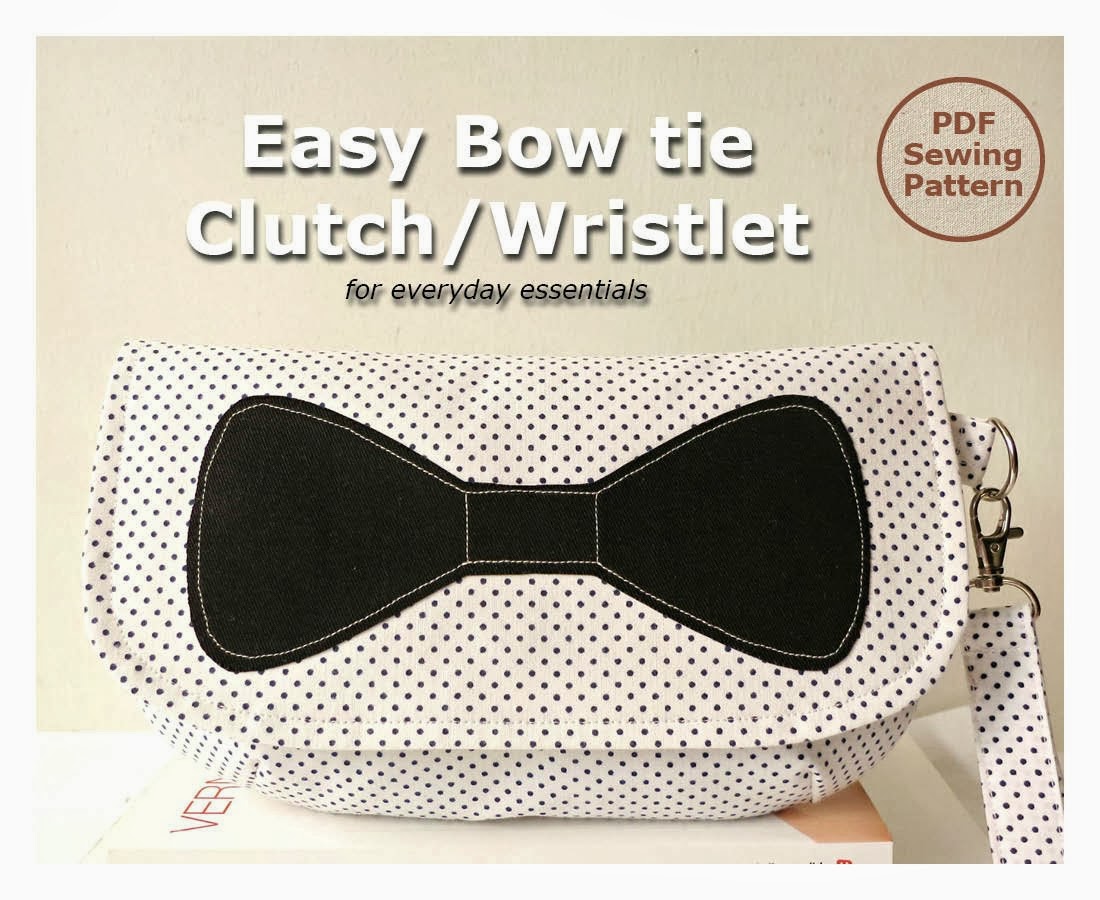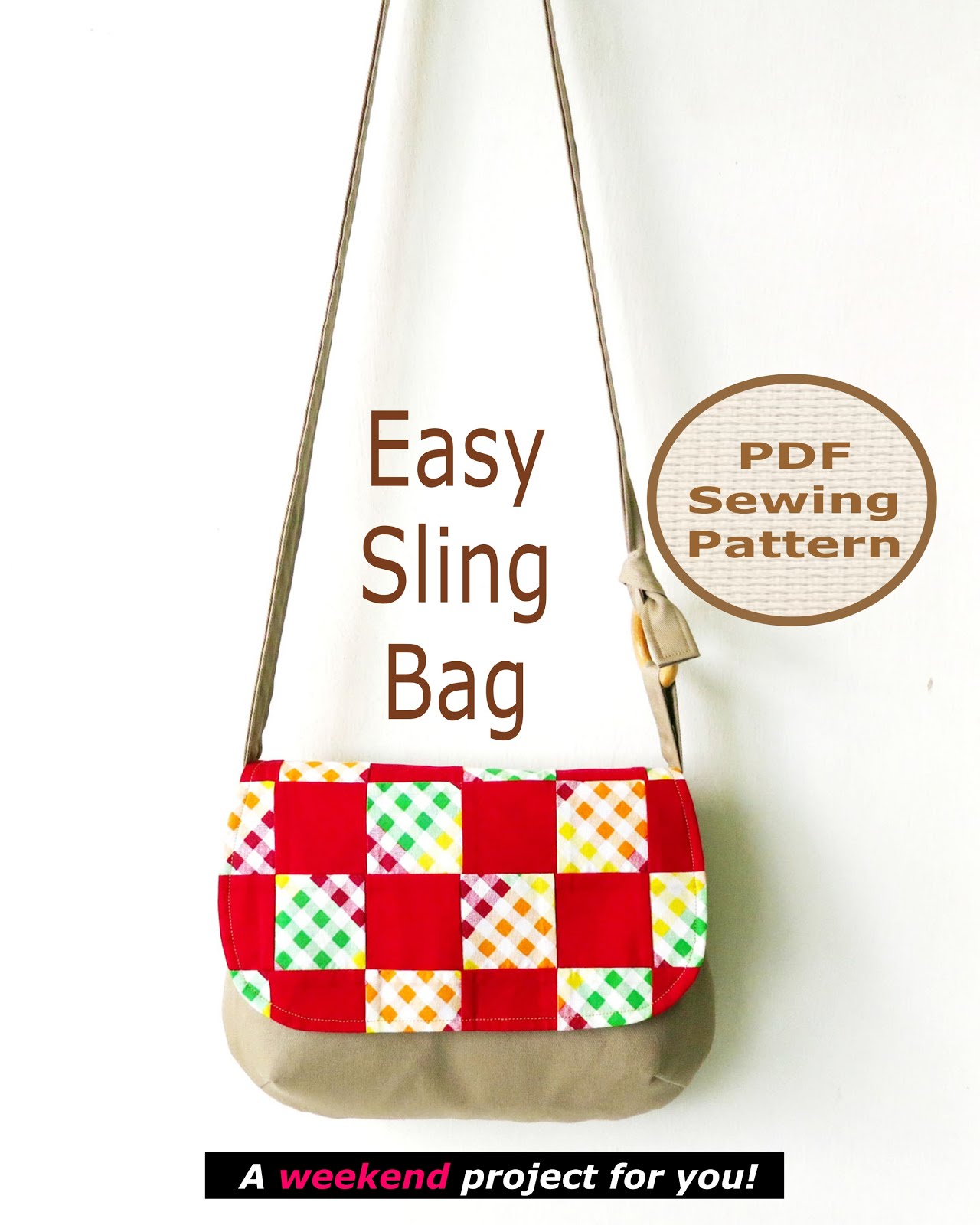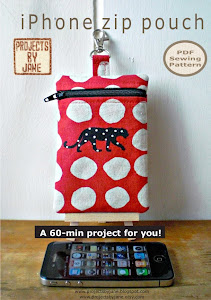Saturday, April 28, 2018
Coaster DIY
Folks,
If you know me you'll know I don't like to use bias bindings. It's not that I don't know how to make them or use them, I find it tedious. Especially because I don't have a rotary cutter. I mean cutting bindings with scissors - that's just insane. I had a few rotary cutters in the past but in Singapore weather, they all turn rusty pretty fast. Heartbreak. These cutters are really expensive! Recently, I saw that Spotlight had a 30% discount off rotary cutters and before I knew it, I was paying for it at the counter. I got a small one this time because it's gonna get rusty right? I'm keeping it oiled though to prolong its lifespan.
So I realised my kids use hankies as coasters for their drinks. Which surprises me because we're not a coaster using kind of family. We used to have a dark wooden dining table which drove me nuts because I could see all the rings made by our cups. Instead of using coasters, I gave the table to hub's friend and bought another table with tiles for tabletop. That's the extend I go to just to avoid using coasters. Well, looks like my kids are very different from their mom when it comes to coasters.
I was going through my storeroom (I go there a lot nowadays) when I discovered I have these two skulls fabric already quilted. I immediately thought of making them into coasters for my kids. And the best part? There are no curves so I don't need bias binding. Just regular bindings will do.
Okay, so I took some pics and please don't get the idea I'm trying to teach You how to make a coaster with bindings. I'm sure everyone knows how to do it already. Right? Lately I've realised my memory isn't as good as before. So I jotted down some notes with the pics just in case sometime in the future I want to make another coaster and I no longer have my memory. I mean, losing one's memory - that's bound to happen in old age. Am I right? Have we had this conversation before?
1. Cut strips.
I was so pleased to discover I have a tiny amount of Alexander Henry's apples and pears from days of yore. Each coaster is 8" X 7" so I need 30" + 8" spare = 38". Double that and I need around 80". Width is 2.25". I had to make a number of joins to get the length I wanted.
2. Join strips.
Right sides together, make a 90 deg or the letter "L". Mark a diagonal line.
3. Sew on diagonal line. Don't bother to backstitch.
4. Trim seam allowance and iron seam open. Mine isn't perfect but it won't really matter.
5. Fold binding in half along the long edges and iron.
6. Sew binding to back of coaster - raw edge to raw edge. (use a walking foot) Why I prefer to sew to the back and not the front is because the final topstitch needs to happen on the front of the coaster. That way I can control how the sewing comes out.
Leave the beginning of binding unsewn for the purpose of joining later. My coaster is pretty small so no matter how much I leave the binding unsewn it's going to be fiddly later. Sew just an inch or so of binding to coaster stopping 1/4" before end.
7. Make miter.
Fold binding up so the raw edge of binding is in a straight line with the raw edge of coaster.
Place one finger on binding to hold it and bring it down so its raw edge is in a straight line with the raw edge of the coaster. Continue sewing binding to coaster. Start 1/4" away from edge.
8. Join binding.
When at the last lap, sew just a couple of inches just enough to anchor binding to coaster.
Cut the longer strip off at the overlap. Overlap = width of binding = 2.25"
Joining of binding is the same as step 2. Right sides together, make a 90 deg, draw a diagonal line. Use pins. It really helps. Sew on diagonal line.
Before you cut off the seam allowance, see if your binding is twisted. Iron seams open. Fold binding. Sew the rest of binding to coaster.
9. Pin binding to front.
Fold binding to the front and make miters. Pin, pin, pin.
Pay attention to the fold which makes the miter. Under the fold there will be bulk. So if on the front, the fold is on the right... (see arrow)
Then on the back, the fold has to be on the left. (see arrow)
10. Edgestitch binding to coaster.
Remember in step 6 I mentioned the reason why I start by sewing the binding to the back? Here you can see why. When I sew the binding down, I can do it accurately from the front. When sewing close to the corners, I use the pointy end of a seam ripper to hold down the miter because by then you'll need to remove the pins.
This is what the back looks like. Not perfect but no one will see it.
Is this how you do your coaster?
Thursday, April 26, 2018
Easy Gift Pouch Pattern
Why not make your own gift pouch? I love it when I receive a gift and the gift pouch looks so pretty. It's like getting two gifts!
Easy Gift Pouch pattern is perfect for those new to bag making. (or if you want to teach your child or grandchild!) It doesn't require much fabric and supplies. You can make it in two versions - a flat body or a curvy body.
Finished size: 6.5" wide and 8.5" tall.
This beginner pattern is available in my Etsy shop. You can also buy off my blog by clicking on the Buy button below. Do read my faq if it's your first time buying from my blog.
Tuesday, April 17, 2018
Korean Fried Chicken Existential Crisis
When I was younger, I never went through any existential crisis. Perhaps because I've never had perfectly good digestive health and struggled most of my life to be well, I was grateful to be alive. The last one and a half years or so, my life changed dramatically because suddenly I became so well I could eat anything I wanted.
Unfortunately all that came to a crashing halt last month. My digestive health is a big mess again. So I'm back to cutting out rice as well as oily food. I think most people do not suffer any effects from eating rice. I guess I'm in the minority.
It is one thing to cut out rice totally but oily food - that's hard. I mean how oily is oily? Does that mean I can't eat Korean Fried Chicken anymore? Well, I had two pieces of 4 Fingers (it's sort of Korean fried chicken, isn't it?) and had a huge fight with my stomach. Stomach won. Acid reflux declared victory.
I haven't dared to eat any Korean Fried Chicken or any fried chicken since then. Not even grilled chicken. And feeling miserable. Why not eat steamed chicken? Sadly, I'm not a steamed chicken kind of gal. Anyway, I'm so tired of eating fish. And tuna. And sardines. I've grown so attached to having Korean Fried Chicken now and then it's so hard. Like, what's the point of life... without Korean Fried Chicken? Is there documentation of people who have survived without Korean Fried Chicken? How did they do it? How miserable were they?
I told myself there are many people in this world who are suffering in worse ways than me. I should be grateful I can still eat. Nope. Nothing. Still miserable. Still. Pining. For. My. Korean. Fried. Chicken.
Oh, if you think cutting out rice just means cutting out rice, so wrong. It seems, in Chinese cuisine, there's a lot of food containing rice flour which I enjoy rather frequently. I mean if I'm cutting out rice, I have to cut out ALL food containing rice.
The following delicious food contains rice which I will not eat again for a very long time.
My beloved radish cake.
Kway Teow (stir fried rice cake strips)
Mui fan. (larger version of kway teow)
Chee Cheong Fun (steamed rice rolls)
Vietnamese noodles
Congee
Duck porridge
Hokkien mee
Bee Hoon
Fried carrot cake
Yam cake
Soon Kueh
Chwee Kueh
Chinese Rice Dumpling
Mochi
Sticky rice cake
Unfortunately all that came to a crashing halt last month. My digestive health is a big mess again. So I'm back to cutting out rice as well as oily food. I think most people do not suffer any effects from eating rice. I guess I'm in the minority.
It is one thing to cut out rice totally but oily food - that's hard. I mean how oily is oily? Does that mean I can't eat Korean Fried Chicken anymore? Well, I had two pieces of 4 Fingers (it's sort of Korean fried chicken, isn't it?) and had a huge fight with my stomach. Stomach won. Acid reflux declared victory.
I haven't dared to eat any Korean Fried Chicken or any fried chicken since then. Not even grilled chicken. And feeling miserable. Why not eat steamed chicken? Sadly, I'm not a steamed chicken kind of gal. Anyway, I'm so tired of eating fish. And tuna. And sardines. I've grown so attached to having Korean Fried Chicken now and then it's so hard. Like, what's the point of life... without Korean Fried Chicken? Is there documentation of people who have survived without Korean Fried Chicken? How did they do it? How miserable were they?
I told myself there are many people in this world who are suffering in worse ways than me. I should be grateful I can still eat. Nope. Nothing. Still miserable. Still. Pining. For. My. Korean. Fried. Chicken.
Oh, if you think cutting out rice just means cutting out rice, so wrong. It seems, in Chinese cuisine, there's a lot of food containing rice flour which I enjoy rather frequently. I mean if I'm cutting out rice, I have to cut out ALL food containing rice.
The following delicious food contains rice which I will not eat again for a very long time.
My beloved radish cake.
Kway Teow (stir fried rice cake strips)
Mui fan. (larger version of kway teow)
Chee Cheong Fun (steamed rice rolls)
Vietnamese noodles
Congee
Duck porridge
Hokkien mee
Bee Hoon
Fried carrot cake
Yam cake
Soon Kueh
Chwee Kueh
Chinese Rice Dumpling
Mochi
Sticky rice cake
Tuesday, April 3, 2018
Not So Perfect Miter
Yesterday I was in a decluttering mood and in the middle of throwing away/still hanging on to stuff in the storeroom, I discovered that I have several embroidery all completed but somehow still in an unfinished stage. I mean once the embroidery is done, what do you do with it? I don't really like to frame anything so I usually throw it into a box and not think about it again.
I completed Harriet The Hen in 2016. This was done in back stitch. The original done in free motion quilting was done in 2014. That piece is somewhere in my home. Maybe it'll show up one day. Anyhoos, I decided to finish this embroidery piece as a "quilt". I don't know what you call this - collage? Anyway, I'll call it a "quilt".
I'm not a quilter. I'm sure you know that. I don't know many ways to finish a quilt. This cheat way is a method I've used during the days when I made cards. Using paper, it's a lot neater. With fabric, it requires some fiddling... So if you're ok with not so perfect miter, I'm happy to share with you the steps.
1. Cut batting same size as embroidery piece. Mine measures 10" across and 12" tall.
2. Cut backing larger than embroidery piece by 1" all round. Mine measures 12" across and 14" tall. It is actually easier to place the backing below the embroidery piece and cut the backing with the extra 1" using a ruler and rotary cutter.
p.s. please ignore the pins.
3. I find that pinning the 3 layers together doesn't work. Instead I spray basted the embroidery piece to the batting. Worked really well and I didn't even need any pins after. If you don't have spray adhesive, you can sew large basting stitches 1/8" in around the perimeter of the embroidery piece to the batting and backing.
4. Now we need to do some folding using the iron to create creases. First fold the excess backing all the way in. Do on all 4 sides.
5. At each corner, you will see the creases made. Put a pin through the intersection of the horizontal and vertical crease.
6. Fold the corner backing, wrong sides together and making the creased lines align with the edge of the embroider piece. The pin makes sure you don't pull the fabric too much. Hold this position, remove the pin and iron the diagonal fold.
7. Trim the fold. Leave around 1/4".
Now repeat step 5 to 7 for all corners.
8. At this point, your backing should be open with only the 4 corners folded. Fold the backing along each side in half. The raw edge of the backing should meet the raw edge of the embroidery piece. Iron to get the crease.
9. Fold the backing one more time
I find it easier to do step 8 followed by step 9 for each side.
10. If you managed a perfect miter, congrats. Mine doesn't look perfect but once I sew them down, they'll look a lot better.
11. I find pins create bubbles (for 3 layers) so I use some pegs and whatever clips I can find.
12. Now this part is really important. Use your walking foot. If you don't have one, your regular foot will give you some puckers. Live with it. Anyway, on my Janome sewing machine, my stitch length needs to go up to 2.8 (from regular 2.2) for the walking foot. Sew along the edge of the folded backing.
13. I back stitch at the corners. It's normal for the miter to open up slightly.
14. If the open miter bothers you, hand sew the 2 sides together. Just sew over and over until you reach the end.
Like this.
I'm pretty happy with my results. It's not perfect but at least it doesn't look unfinished.
Subscribe to:
Posts (Atom)

























































